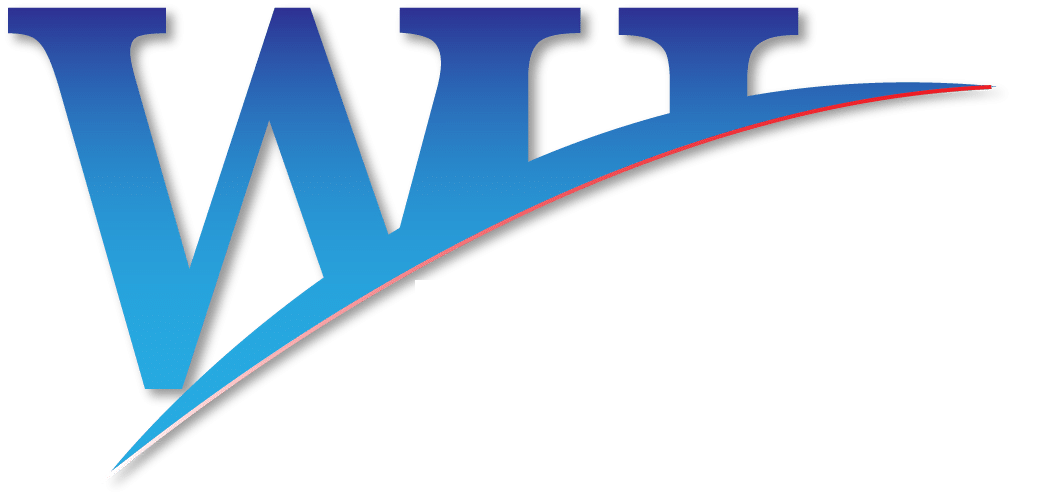What is a retail distibution center?
What is a Retail Distribution Center?
A retail distribution center(RDC), is a strategically located facility that serves as a central point for receiving, storing, and distributing products or merchandise to retail stores or directly to the consumer. Retailers of various sizes use distribution to streamline their supply chain operations and improve efficiency in getting products to the end consumer. Check out the list below for he key features and function of a retail distribution center.
- Receiving: Retail distribution centers receive shipments of products from manufacturers, suppliers, or other distribution centers. These products are then inspected, sorted and go through quality control checks.
- Storage: Received merchandise is stored in an organized manner. Products are typically stored on shelves, pallets, or in bins. Inventory management systems are in place to track the location and quantity of each item.
- Order Fulfillment: When a retail store or online customer places an order, the RDC picks the items from its inventory to assemble the order. This is done through manual processes or with the help of automated systems.
- Sorting and Packaging: Once an order is assembled, it is sorted and packaged for delivery. This can include labeling, packaging materials, and any required promotional materials or inserts being added to the order.
- Shipping: The distribution center coordinates the shipping of orders to retail stores or directly to customers. This can involve a range of transportation methods, find a solution that fits the need of the specific shipment.
- Inventory Management: Maintaining accurate inventory levels is crucial to prevent overstocking or running out of items. Modern retail distribution centers often use software to track inventory in real-time.
- Cross-Docking: Some distribution centers use a cross-docking strategy, where products are received and immediately sent out to their destination without the need for long-term storage. This can help reduce handling and storage costs.
- Regional distribution: In larger retail chains, there can be multiple distribution centers strategically located to service specific regions. This helps reduce transportation costs and transit times.
- Returns Processing: Distribution centers often handle the return of products from retail stores or customers. Returned items are inspected, restocked if possible, or disposed of.
Conclusion
Retail distribution centers play a vital role in the supply chain. They help retailers optimize their operations, reduce shipping costs, maintain inventory control, and ensure timely delivery to customers. Their efficiency and effectiveness are essential for meeting customer demands, especially in today’s market, where fast and accurate order fulfillment is paramount.
Looking to learn more about transportation? We are always open to answering any questions! Reach out to us today through operations@wood-hall.com or give us a call at 519-213-1000!
-The Team at Wood-Hall Logistics

